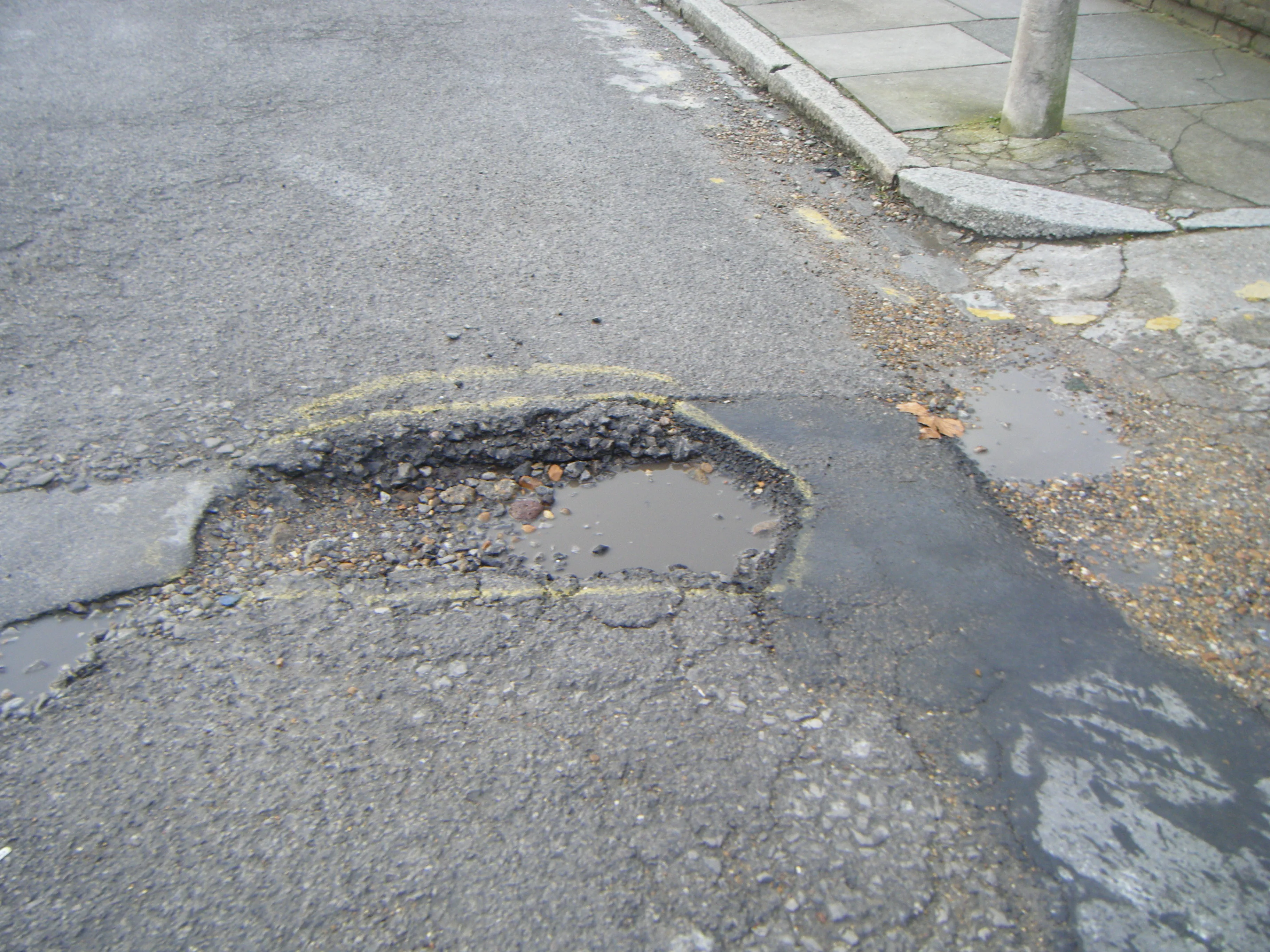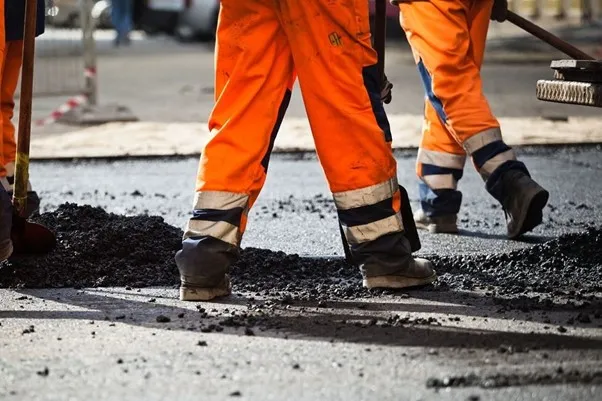
The 22nd annual ALARM survey is a comprehensive study into local road maintenance funding and conditions.
Local authorities need at least nearly €14 billion to bring the network up to scratch – a figure that has remained largely unchanged for four years, according to the report. The gap between the amount local authorities received this year and the amount they say they need to keep their roads in reasonable order is almost €845 million.
Alan Mackenzie, chairman of the AIA, said that local authority highway teams lack the resources to arrest the decline in local road conditions. “Despite this, efficiencies they have achieved in recent years through adopting an asset management approach should be applauded. Working smarter, greater collaboration and improved communication are all contributing to their ability to do more with less, though of course there will come a point when there are no further efficiency savings to be found.”
The report found that a large number of local authorities have also been hit with unforeseen costs - England: 43%; London: 53%; Wales: 56%. The primary reason is structural failures caused by adverse weather and increased traffic. The number of potholes filled over the past year has dropped again for the second successive year, but is still high at 1.7 million – one repaired every 19 seconds.
“Almost all journeys begin and end on a local road and we all rely on them every day,” said Alan Mackenzie. “They represent an asset worth in excess of €463 billion but, at present, less than 1% of their value is being spent annually on maintenance.
“Potholes are a symptom of poorly maintained roads but spending money fixing them in isolation, although essential, is wasteful. The most efficient way to deal with our crumbling roads is to fix them properly and stop potholes forming in the first place.”
The full 2017 ALARM survey is available to download by visiting the website of the
*The 2017 edition was completed by 63% of authorities responsible for roads in England and Wales and was carried out during January and February. The survey is commissioned by the Asphalt Industry Alliance (AIA) which represents companies producing raw materials used in asphalt for roads and is collated, analysed and verified by an independent research company.
ALARMing facts
• €14 billion – estimated one-time cost to get roads in England and Wales back into reasonable condition
• €99.2 million per authority – estimated one-time catch-up cost in England to get roads back into reasonable condition (€24.8 million in London; €31.2 million in Wales)
• €5.8 million per authority – average annual carriageway maintenance budget shortfall in England (€2.9 million in London; €4.3 million in Wales)
• 13 years – time needed to clear the backlog in England (10 years in London; 9 years in Wales)
• 17% of local roads in England reported as having less than 5 years life remaining (16% in London; 18% in Wales)
• 55 years – average time before a road is resurfaced in England (23 years in London; 63 years in Wales)
• 1.5 million – number of potholes filled in England (72,544 in London; 141,020 in Wales).
• €57 - average cost to fill one pothole using planned maintenance (€53 in England; €83 in London; €61 in Wales)
• €83 - average cost to fill one pothole using reactive maintenance (€80 in England; €114 in London: €68 in Wales)
• €7 million - amount paid in user compensation claims in past year: (€6 million in England; €742,000 in London; €58,000 in Wales)







